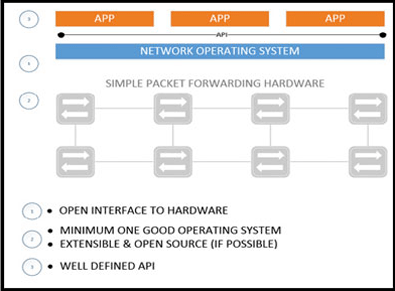Read Also
Navigating Compliance Challenges in ESG AML and Digital Onboarding
Chuan Lim Ang, Managing Director and SG Head of Compliance, CIMB
A Vision for the Future: Automation, Robotics, and the Smart Factory
Joe Tilli, State Industrial Automation Sales Manager, Lawrence & Hanson
The Rise of Hyper Automation
Erdenezaya Batnasan, Head of IT End-User Support Service Department, Khan Bank
Transforming Business Operations with Robotic Process Automation
Simon So, CMGR, MCMI, Regional Head of Digital Solutions, Richemont Asia Pacifi
Combining Automation with AI to Achieve Human-Like Interaction
Kain Chow, General Manager, Technology & Transformation, New World Development Company Limited
Implementing RPA - 5 Ultimate Prerequisite
Indra Hidayatullah, Data Management & Analytics Division Head, Pt. Bank Tabungan Negara
Incorporating the power of recognition into our vendors' sustainability journey
Cynthia Khoo, Head, Central Procurement Office, OCBC Bank (Malaysia) Berhad
Elevating Guest Experience with Data
Clive Edwards, Senior Vice President, Operations, Capella Hotel Group













 This certainly seemed like a good idea to many, but as they say, the devil is in the details. In order to make the architecture above successful, a few things have to fall in place:
This certainly seemed like a good idea to many, but as they say, the devil is in the details. In order to make the architecture above successful, a few things have to fall in place: IP/Ethernet underlay network. There are some common elements from the Open SDN architecture, including open north bound API’s and an SDN controller, however the largest difference is that the forwarding elements for thae underlay do not change and are mostly agnostic to the overlays. Today there are many vendors pushing the overlay architecture, and some very large deployed case studies. However, if we learn from history in networking, we know that overlays have a limited life shelf, whether it be Frame Relay, ATM or today’s favorite MPLS.
IP/Ethernet underlay network. There are some common elements from the Open SDN architecture, including open north bound API’s and an SDN controller, however the largest difference is that the forwarding elements for thae underlay do not change and are mostly agnostic to the overlays. Today there are many vendors pushing the overlay architecture, and some very large deployed case studies. However, if we learn from history in networking, we know that overlays have a limited life shelf, whether it be Frame Relay, ATM or today’s favorite MPLS. platform that allowed them to connect to some of the more popular controllers or orchestration system. This allowed them to have the “see if works story”. Although, this is a very important step into moving towards a more Open SDN architectures since most network deployments are not greenfield, this architecture has some serious scaling issues as well and creates a “proprietary openness”. In other words, many vendors just put an API to access features of their platform, and using shared memory space that made support of protocols (such as Open Flow) reach limitations fairly quickly.
platform that allowed them to connect to some of the more popular controllers or orchestration system. This allowed them to have the “see if works story”. Although, this is a very important step into moving towards a more Open SDN architectures since most network deployments are not greenfield, this architecture has some serious scaling issues as well and creates a “proprietary openness”. In other words, many vendors just put an API to access features of their platform, and using shared memory space that made support of protocols (such as Open Flow) reach limitations fairly quickly.









